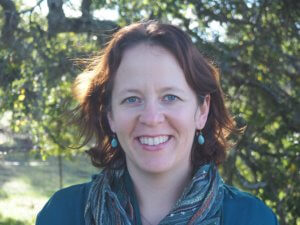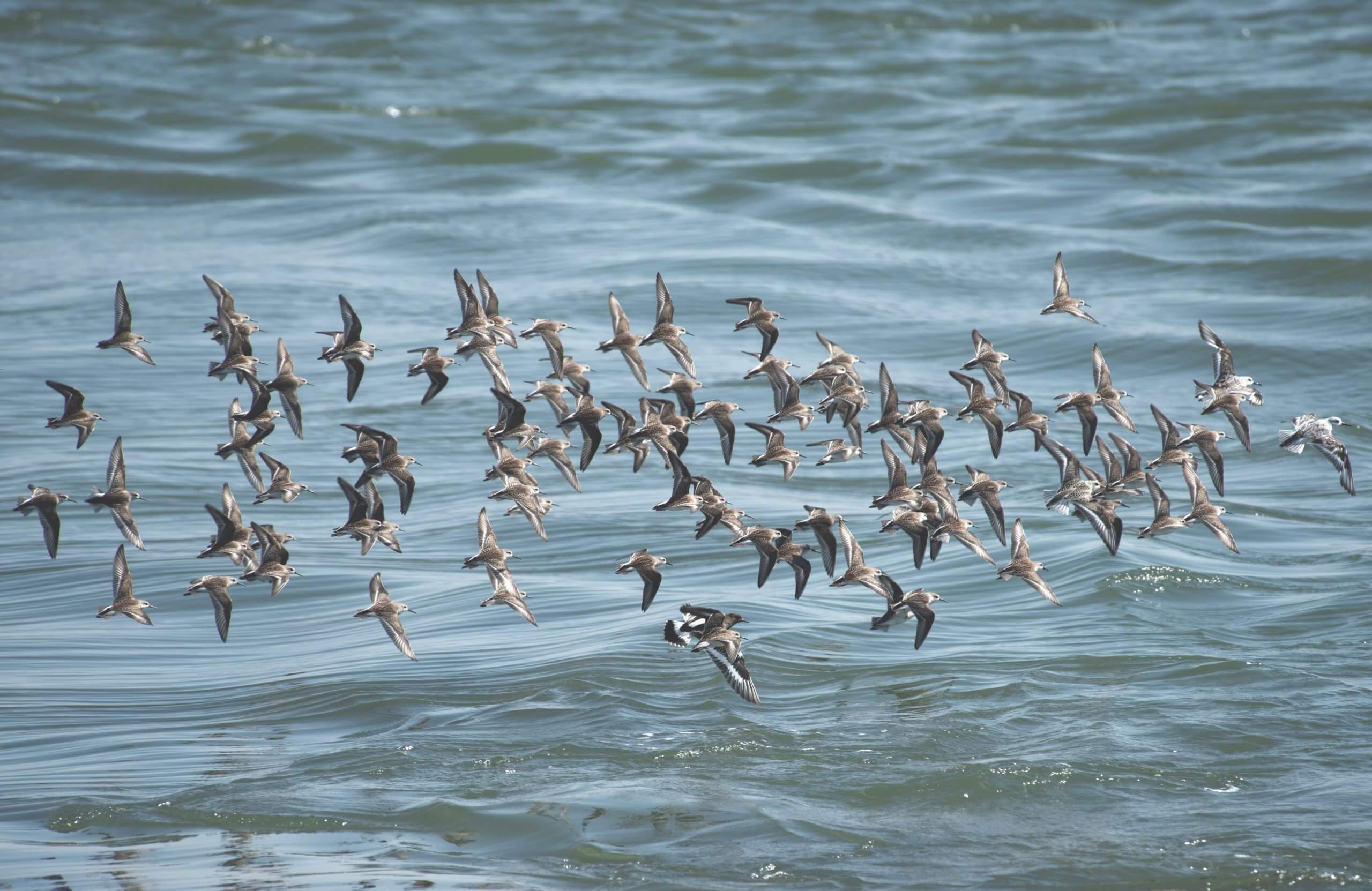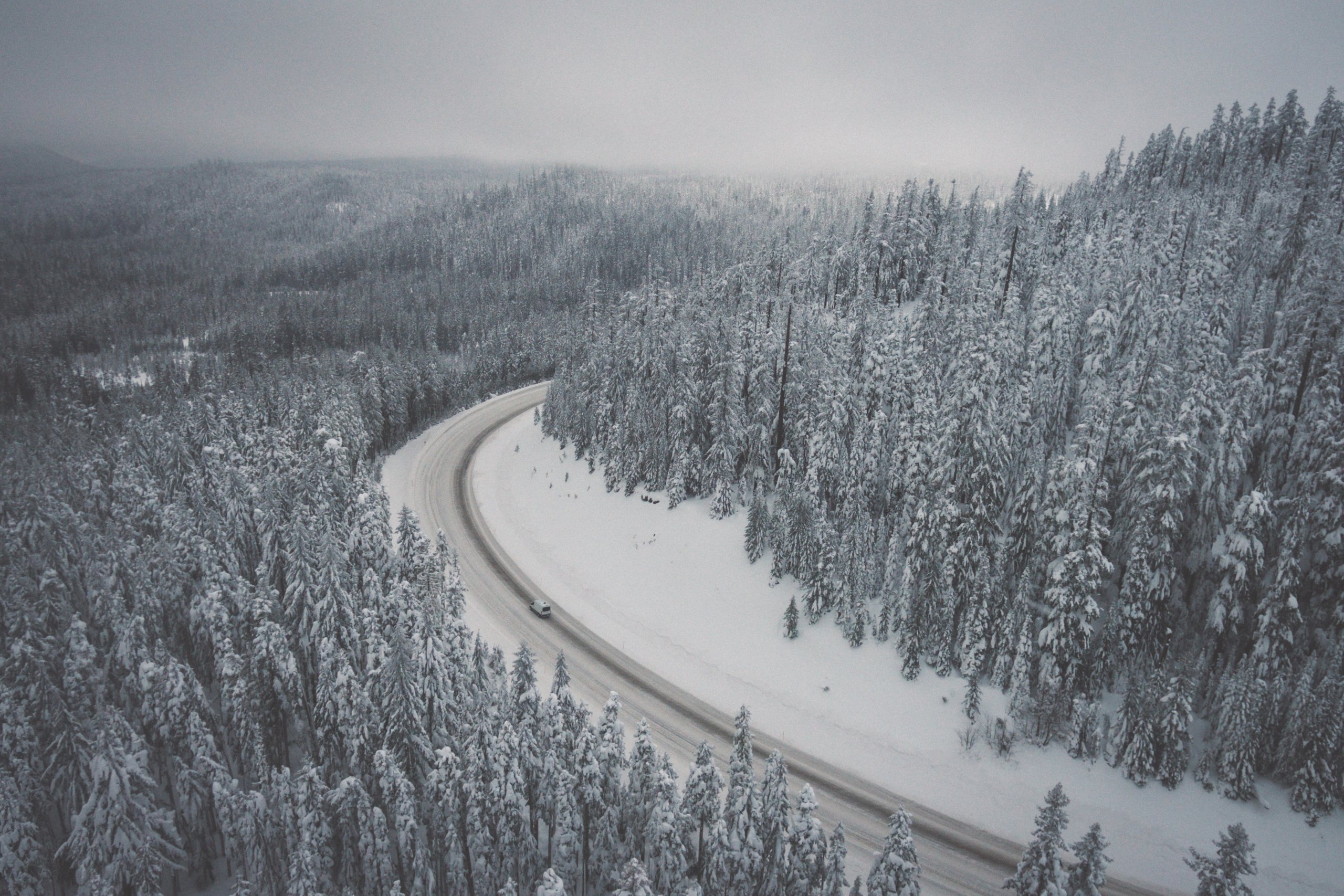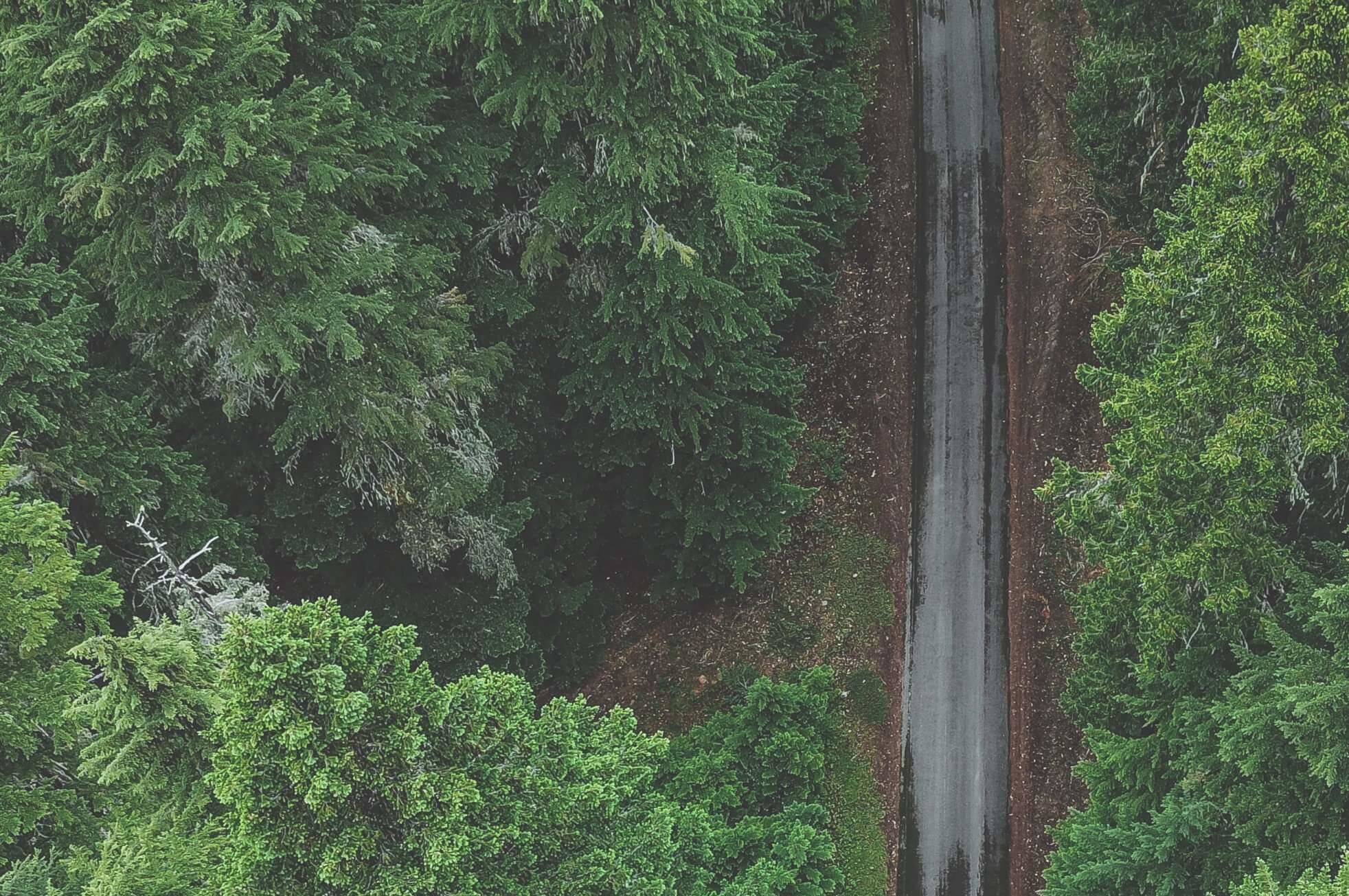Dr. Kim Nicholas is our guest author this week; Kim is an Associate Professor at Lund University in Sweden, and is one of the 2017 Vega Fellows, a program to provide science communication and leadership skills to scientists working on environment, climate, and sustainability topics in countries around the Baltic Sea. Our Nancy Baron and Sarah Sunu met Kim at the Vega Fellows training at Tvärminne Zoological Station this past June. You can learn more about the connection between Kim’s current research and her story in this Scientific American post. Follow her on Twitter at @KA_Nicholas, and check out her blog!
It was nearly 9pm, but the sun was still high in the sky on this warm June evening in southern Finland.

Dr. Kim Nicholas, photo courtesy of author.
I was sitting on a deck overlooking small granite islands dotting the Baltic Sea, glass of white wine in hand, gathered in a circle of my fellow environmental scientists.
The twenty of us had spent an intensive week together as part of the Vega Fellows Science Leadership and Communications training, bonding over how to best distill and share our science with the world in simple, accurate messages.
We learned that the person in control of an interview, is the one who’s speaking more slowly, making the others appear to be racing to keep up. Using pauses effectively to gather your thoughts, or to punctuate an important idea, can help you “stick your landings”—have a clear end from which to continue the conversation. I know I tend to speak quickly, but hearing that this diminishes my power is definitely an incentive to give more weight to the space between words.
We also saw firsthand the power of listening deeply. A radio journalist shared her tips: she mindfully monitors her own listening behavior, and makes sure she really listens all the way to the end. To do so, she captures her responses as they arise from listening and gives them a key word – a “hyperlink for your brain”- to keep track of things to bring up when the speaker is done. She described her attitude as listening “for” what people were really saying, not “against” in trying to get her own ideas in edgewise.
Now, as the sun slid gently down towards the treetops, we gathered to share a bit of ourselves, and put the lessons of the week into practice, telling stories of who we were and why we did our science.
We smiled along with the woman who dreamed as a kid of becoming a marine ecologist, swimming among the beautiful coral reefs she saw in National Geographic—but changed her mind the first time she discovered seagrasses; much less well-known, but to her, even more amazing.
We groaned along with the researcher out on a remote dive who found what was probably not only a new species but an entirely unknown family of eel—which wriggled out of his grasp waiting for the boat to pick him up, showing how much more there is to discover about our oceans.
We held our breath hearing about the day a year’s worth of data sank to the bottom of the ocean. After a few weeks of hoping it would be recovered, the researcher accepted it wouldn’t, and painstakingly started to rebuild the collection structure, again in triplicate—and this time in an even better material.
It was amazing to see how people opened up their true selves and shared surprising, funny, and authentic stories when they felt really listened to.
These stories drove home a major pearl I’m taking home with me from the workshop: people listen to and connect to other people, not data. These conversations are what change hearts and minds. Slightly to my surprise, this was even true for me, a scientist.
The next talk I give, I’ll see if I can try starting with a personal story that connects to my research. This feels a bit uncomfortable as a scientist, when I’m used to putting the research question and its answer at the center. But after experiencing the power of these stories firsthand, I think my audience will connect much better with my data (the what and the how) if I can put a bit of why I care at the start. Because even though I love data, and totally nerd out over numbers, I don’t remember a single statistic I learned about my colleagues’ research this week. But their stories will stay with me a long time.



